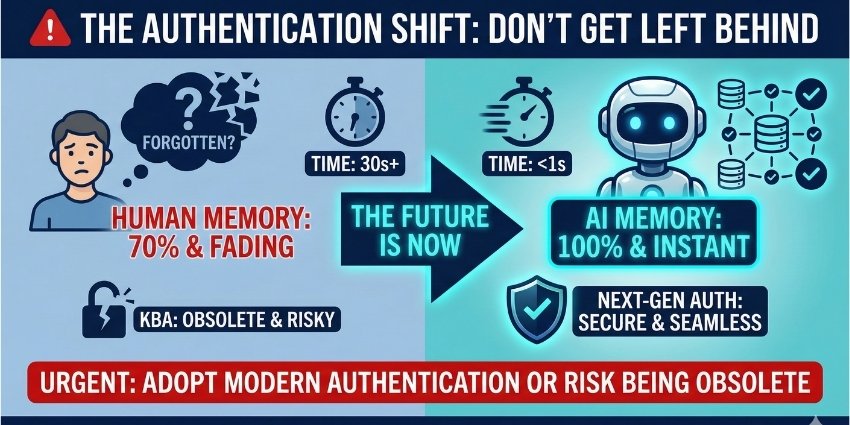A new study from the prominent research firm Gartner has found that many customer service leaders “are feeling pressure” from business executives to implement “limitless” automation.
These executives have isolated the contact center as a prime area to reduce headcounts with generative and other emerging forms of AI.
Yet, their short-term expectations appear unrealistic. Last year, a study found that most contact center leaders expect generative AI (GenAI) to lower headcounts by only five percent.
Moreover, a recent Cavell report suggested that global demand for human contact center agents will actually increase from 15.3 million in 2025 to 16.8 million by 2029.
Nevertheless, Gartner isolates three fundamental automation levers that will help customer service leaders reduce pressure on their people.
The first is, of course, by reducing inbound contact volumes via self-service. Yet, contact centers must be smart here. Overfocusing on metrics like containment is risky, as the measure doesn’t answer whether the customer achieved what they wanted. Maybe they just gave up.
The second is by proactively preventing issues. That involves isolating signals that something has gone wrong in the customer journey and intervening, typically with an automated outbound notification.
However, automation shouldn’t always be the answer here. Understand the customer contact reason and see if there’s an internal or external process tweak that can prevent the issue from happening in the first instance. That could save the contact center big bucks!
The third lever is using automation for internal efficiencies. That involves automating tasks like post-contact wrap-ups, knowledge creation, and desktop tasks. On the latter, robotic process automation (RPA) can still prove effective.
Summing up, Brad Fager, Senior Director Analyst at the Gartner Customer Service and Support practice, said: “Embracing automation will become essential.
Customer service leaders must respond by shifting from people management to AI leadership. By adopting an automation-first approach, but also developing human talent, leaders can drive long-term value creation.
To this point, Wayne Anderson, General Manager of Digital Delivery at 2degrees, recently sat down with CX Today to discuss the telco’s experience implementing post-contact auto-summaries.
At first, the company didn’t see any benefit as it scaled the AI innovation across its contact center operations. Then, after going back to the basics of engaging its human talent, results spiked.
Sharing a top tip, Anderson said: “We made it clear that any summarization errors would be on us, not them, which helped ease concerns.”
For the full interview with Anderson, check out the video below.
More Trends That Will “Shape the Future of Customer Service”
Alongside the pressure to enable “limitless automation”, Gartner identified other key trends touching customer service.
These are the rise of machine customers and customer service becoming “integrated throughout the customer journey”.
Machine customers are AI applications that customers use to perform service tasks for them. So far, they are limited in what they can do, with Google’s only being able to contact mechanics and nail salons, as exemplified in the video below.
We’re testing right now with auto shops and nail salons, to see how AI can help you connect with businesses and get things done. pic.twitter.com/inf5hhj1BS
— Rose Yao (@dozenrose) January 30, 2025
These early examples are more like experiments than the personalized customer assistants of the future, which may be embedded on-device. However, they offer a glimpse of what’s coming.
Unfortunately, most brands are unprepared for machine customers. Just consider it from a security and risk standpoint alone: how do you authenticate that the AI is actually acting on a customer’s behalf? What permissions should it have? Is it okay if it updates their address, buys something for $40, or transfers $10,000 between accounts? These are critical process and trust issues.
According to Gartner, contact center leaders should start having serious conversations about the possible impact of machine customers.
“Widespread adoption of AI assistants by customers poses a cost risk that could undermine any gains made by customer service automation,” noted Fager.
To manage AI-assisted interactions, customer service leaders must assess their role in the customer journey… [and] adapt to serve both human and AI assistants effectively.
Finally, on the integration of customer service across the customer journey, Gartner highlights how these journeys are becoming longer with the ubiquity of connected devices and subscription models. That’s ramping up the pressure on service teams.
As such, brands are considering how they can integrate service throughout the journey to navigate customers around common pain points.
“Successful teams will shift from reactive human requests to proactive customer experience orchestration,” summarized Fager. “The focus of customer service will move from managing demand to value creation, with AI supporting human agents and freeing them for expanded roles,” said Fager.
Leaders must prioritize collaboration and value addition across the enterprise, strategically distributing service capabilities and maintaining overarching vision and governance.
Eager to stay on top of these and other CX trends? If so, subscribe to the CX Today Newsletter.







